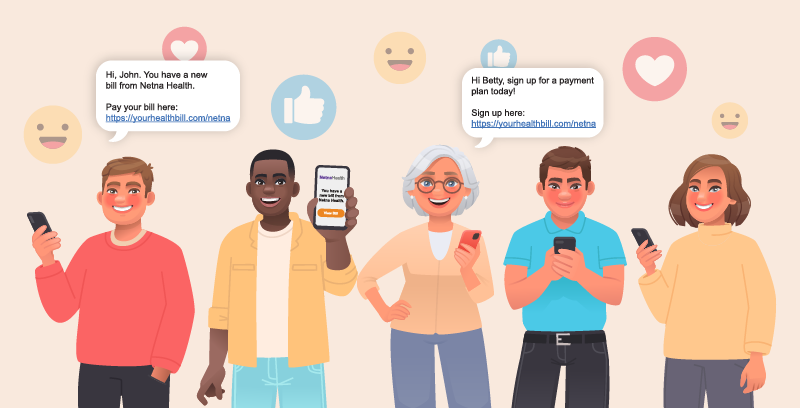Consumer out-of-pocket healthcare costs now exceed $500 billion annually, and patients are paying more of the bill than ever before. In fact, after Medicare and Medicaid, U.S. consumers contribute more to healthcare costs than any one commercial insurer.
As deductibles rise, patient payments are becoming a critical part of provider revenue—but collecting those payments is more complex than ever.
The Problem: A Broken Billing Experience
Healthcare billing is uniquely frustrating for patients. According to McKinsey, 93% of patients rank medical bills as their lowest payment priority, below rent, utilities, credit cards—even streaming subscriptions.
The result? It takes an average of 136 days to collect a single patient payment. And in many cases, providers never collect at all.
So what’s standing in the way?
- Many providers still rely on paper statements and manual workflows, even though 91% of patients prefer digital payment options.
- 93% of consumers already manage their daily finances online, yet healthcare continues to lag behind.
- Patients often don’t understand what they owe, feel overwhelmed by complex bills, or simply forget they have a balance at all.
In fact, it takes four or more communications to get a single payment. Most of those messages come through outdated, costly methods—like mailed statements—that rarely get a response.
The Solution: Personalization Powered by AI
Fixing this problem isn’t about sending more messages. It’s about sending the right message, at the right time, in the right way.
That’s where personalized billing—driven by AI and behavioral data—comes in.
Modern patient financial engagement platforms can use historical payment behavior, communication preferences, and real-time engagement data to tailor every outreach. Instead of sending the same reminder to everyone, providers can now:
- Send texts to mobile-first patients who pay on their phones
- Use email reminders with personalized messages for patients who respond to inbox nudges
- Trigger mail only when digital methods fail
- Adjust message tone, timing, and frequency based on what’s most effective for each individual
AI can even identify patterns—like when a patient typically pays, which messages get ignored, or whether offering a payment plan would help—and use that insight to optimize the next outreach.
Why It Works
Personalized communication does more than boost engagement—it directly improves collections. When messages match behavior, patients are:
- More likely to open and respond
- More confident in what they owe
- Less likely to ignore or delay payment
- More willing to self-serve via portals or set up payment plans
All of this translates into faster revenue, fewer write-offs, and lower collection costs for healthcare providers and RCM companies.
Better for Patients. Better for Providers.
Personalized billing transforms the financial experience from a source of confusion into one of clarity and convenience. And it’s not just good business—it’s good patient engagement.
When RCM companies and providers use AI to deliver the right message, through the right channel, at the right moment, patients feel understood—not pressured. And they’re far more likely to pay as a result.
Because when you eliminate friction, reduce noise, and speak directly to how people already manage their finances, you don’t just get paid faster. You build trust.



